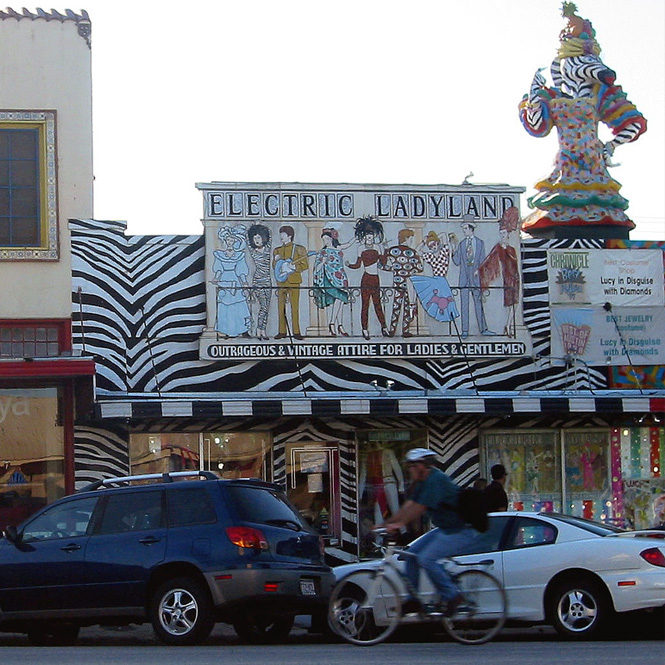If you have thought recently ‘I wonder how hipster my city is,’ hoping that you are catering to this segment of the population, think no longer. With no better judge of hipsterability than Austin, Texas, we are provided a list of the up-and-comers supplying hipsters just the right ingredients to do, whatever it is they do. Being a member on this list is a bit polarizing however, as my local town of Detroit, Michigan made it on the list, prompting some critique of the article’s specificity of Detroit’s hipster landscape.
Gauging the hipster quality of a city actually is key for the attracting of the creative class. It isn’t something that a city can enact as a policy, it isn’t exactly the kind of thing that you remedy by bringing up in some city board meeting and creating a non-binding resolution of hipster intent. It is something though a city should monitor. Particularly if there are overly restrictive policies in place that damper youthful creative expression. Here are a few highlights from the CultureMap Austin article in light of urbanity:
- Density of hipster activities is critical, as the example from Burlington, Vermont demonstrates. Because it is a small town a large amount of hipster activity (“local brew pubs, art galleries,…dive bars” to name a few) are all within a few city blocks. With a stress of multi-modal transportation in this culture, keeping things close helps people to share ideas and experiences by simply walking or bicycling .
- Adaptive reuse made simple, as in not making it too hard with many hoops to jump through to turn an abandoned building into a place of creativity. Detroit is cited in the article for its ample amount of abandoned properties, and what helps the hipster who prefers to reuse a building is not only supply but a local municipality with a bit of a laissez faire approach towards a hipster’s at times non-traditional methods of reuse.
- Music venues are key, and the promotion of public spaces for music performance should be encouraged. Fostering an environment that likes to be loud (or unplugged) is key to accommodate the neighbors who go to bed at 8 in the evening.
Though there are certainly other characteristics to watch, each city will have to understand what it’s specific scene is like. Retention of hipsters is also a priority to note for the long run, fostering an environment where young adults can not only find themselves for a brief period in life, but truly consider making there homestead there for the long-haul. Just like the longevity of the 1925 sewing machine they joust bought.

